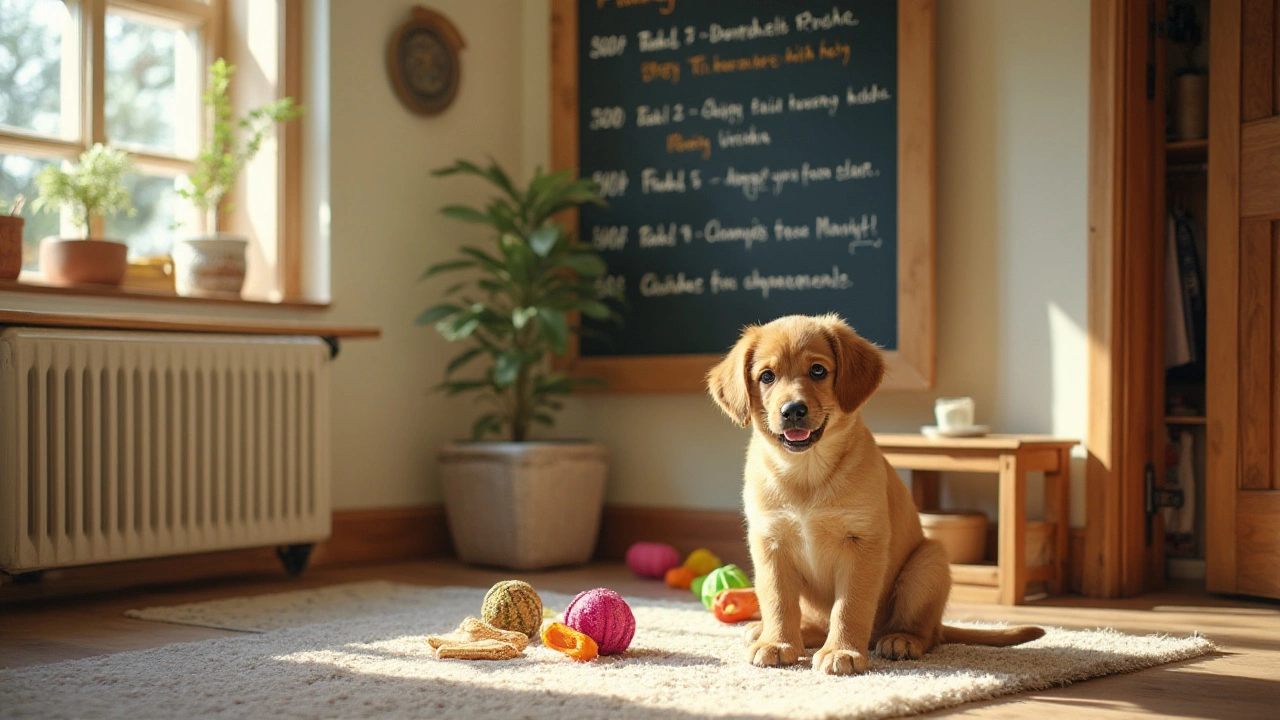Dog Training Advice You Can Use Right Now
If you’re scrolling through endless articles and still feel stuck, you’re not alone. Training a dog doesn’t have to be a mystery or a mess. Below you’ll find straightforward tips that work for puppies and adult dogs alike. No fancy gear, no jargon—just real steps you can start today.
Start With the Basics: Short, Focused Sessions
Most owners wonder, "How long should a training session be?" The answer is simple: 5‑10 minutes, two or three times a day. Dogs learn best when the lesson is short and fun. End each session with a game or a treat so the dog associates training with good feelings.
Pick one command per session—sit, stay, or come. Use a clear word, a hand signal, and a tasty reward. Repeat the command a few times, reward the right response, and pause. If the dog loses focus, stop and try again later. Consistency beats marathon sessions every time.
When you move on to more advanced tricks, keep the same 5‑10 minute rule. Your dog will thank you with fewer mistakes and a calmer attitude.
Humane Ways to Handle Barking and “No” Commands
Barking can drive anyone nuts, but harsh bark collars do more harm than good. Try a calming routine first: identify why the dog barks—loneliness, excitement, or a trigger like the doorbell. Offer a distraction, such as a chew toy or a quick “quiet” command, then reward silence.
If the dog still barks, consider a gentle alternative like a vibration collar or a calming spray. These tools work with positive reinforcement rather than shock.
Teaching "no" follows the same principle. Catch the unwanted behavior, say "no" firmly, then redirect to a good action. Reward the good action immediately. Over time the dog learns that "no" means "stop that and do something better."
Remember, never shout or scare your dog. It creates fear and can make the problem worse. Calm, consistent correction builds trust.
These tips cover the most common questions you’ll see on a dog training advice tag: session length, bark control, and basic discipline. Try them out, watch your dog’s confidence grow, and enjoy a quieter, happier home.

Effective Ways to Discourage Puppies from Indoor Peeing
Training a puppy not to pee inside the house can be a challenging but rewarding task. It's important to use positive reinforcement methods alongside a consistent routine to teach your puppy where they should relieve themselves. Avoid harsh punishments that might harm the trust between you and your puppy. Instead, utilize engaging and supportive tools and tricks to guide their learning process. This article provides practical insights and entertaining techniques to assist in housebreaking your young pup while emphasizing patience and understanding.
View more